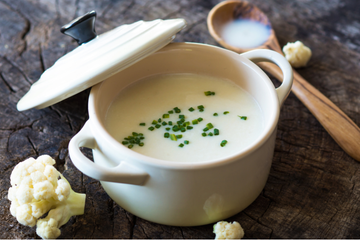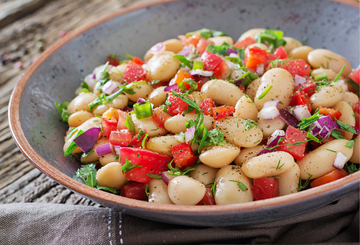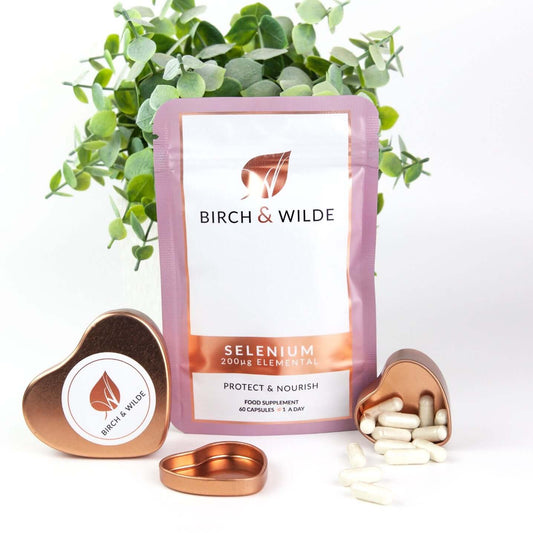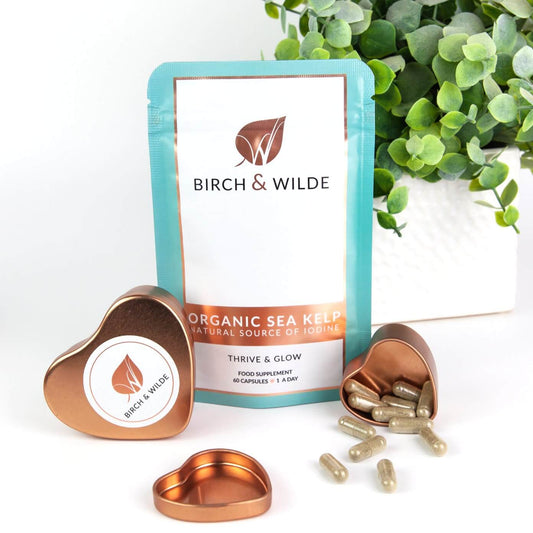All About Nuts: Health Benefits, Storage, and Cooking Tips

NUTS
Nuts are a delicious and healthful snack, offering a significant amount of beneficial fats, vitamin E and fiber in every serving. Try them in salads, stir-fries, baked goods (whole or ground into flour), tossed with pasta, and made into pesto.
STORING NUTS
Because of their high fat content, nuts can become rancid quickly if exposed to heat, light or humidity during storage. Raw, unshelled nuts will keep from 6 months to a year in a cool, dry place. Shelled nuts will keep for 3 or 4 months in airtight containers at room temperature; they may also be kept in the freezer for up to a year if sufficiently wrapped.
TOASTING NUTS
Toasting or roasting nuts deepens their flavor and softens the slight bitterness found in some varieties. Toast them on a rimmed baking sheet in a 350 degree F oven or on the stovetop in a dry skillet, shaking the pan frequently. Not all nuts toast in the same amount of time, but all will generally be ready in minutes and can burn quickly, so watch them carefully. Their color will deepen, and they’ll smell toasty when done.
ALMONDS
Almonds are the most widely cultivated nuts and a good source of calcium.
BRAZIL NUTS
Technically a fruit, not a nut, Brazil nuts are similar to coconut in texture. The sweet, rich meat of Brazil nuts can be eaten raw or roasted.
CASHEWS
Cashews are only sold shelled because the husk that encases the nut contains a caustic resin that can only be destroyed by heat. They make wonderfully rich butters and are a satisfying addition to salads and stir-fries. While lower in total fat than most nuts, cashews have a higher ratio of saturated fats.
CHESTNUTS
The lowest in fat of all nuts, chestnuts are appreciated for their flavorful contribution to soups, stuffings and stews, as well as the holiday tradition of roasting. Boiled or roasted chestnuts have a texture similar to potatoes and can be used as a vegetable side dish. Available seasonally.
HAZELNUTS
Also called filberts, nutrient-dense hazelnuts are the sweetest of all nuts. Bakers and confectioners are especially partial to the rich flavor and dense texture of these nuts. Try adding hazelnuts to green beans or toss in salad.
MACADAMIA NUTS
Rich and creamy, macadamias have the highest fat profile of all nuts.
PEANUTS
Technically a legume and not a nut, peanuts have a high protein and fiber content. They are extremely versatile, with many sweet and savory uses, and they are great for snacking.
PECANS
These buttery, slightly bittersweet nuts are a delight, especially when toasted. Famous for their use in pecan pie, they also add flavor and texture to breads, cakes, cookies, candies and ice cream. On the savory side, they’re delicious in salads, pilafs and stuffings.
PINE NUTS
Pine nuts are the edible seeds of pine trees. Known by many names worldwide, including piñón and pignoli, pine nuts are most famous for their role in pesto. Raw, the seeds have a soft texture and a sweet, buttery flavor. A light roasting brings out the flavor and adds a delightful crunch. Because they’re especially susceptible to rancidity, store them in the refrigerator.
PISTACHIOS
Pistachios have beige shells with nuts that range from dull yellow to the range of greens, with the deeper greens being the most sought after. Primarily sold in the shell as a snack food, pistachios are as adaptable to recipes as pecans or other nuts.
WALNUTS
Walnuts are a good source of omega-3 fatty acids, a heart-healthy compound, and they’ve always been a welcome addition to brownies, cookies, carrot cake and banana bread. Toasted walnuts are also delicious in salads and pastas.















